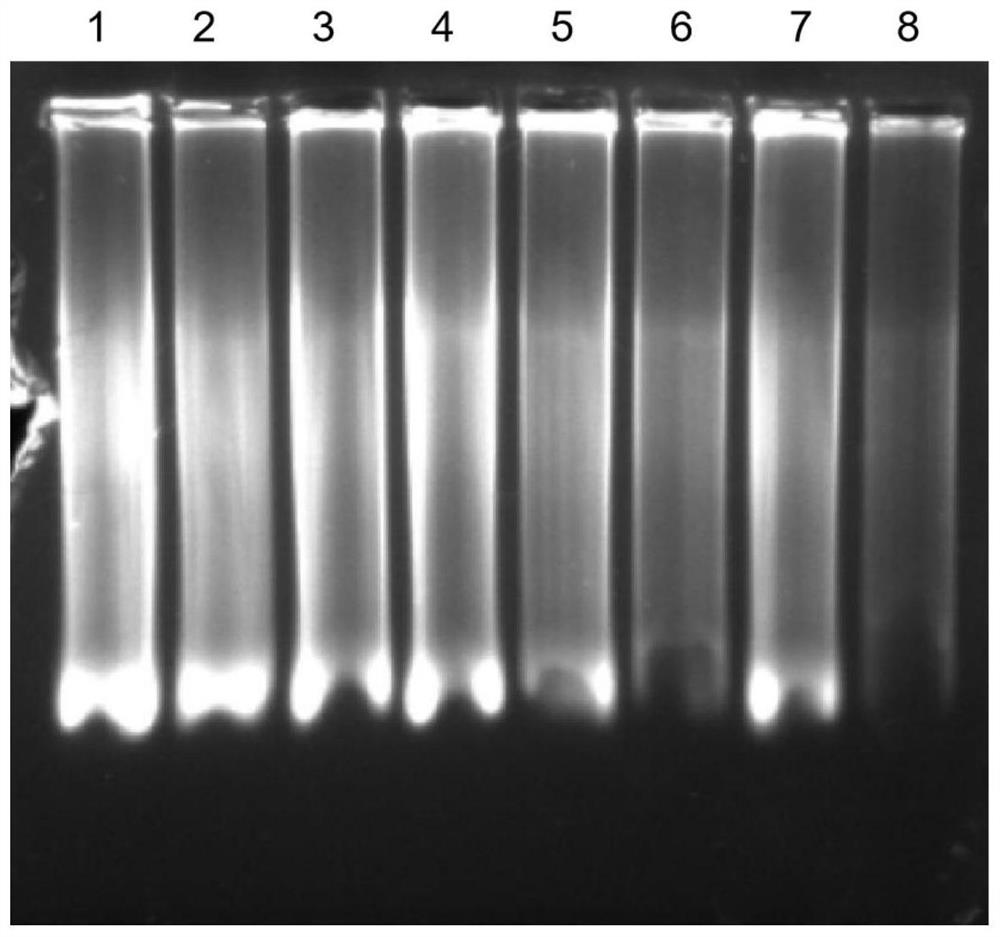Dewaxing agent for treating paraffin embedded sample and method for extracting nucleic acid from paraffin embedded sample
A technology for paraffin embedding and nucleic acid extraction, which is applied in the field of molecular biology, can solve the problems of xylene toxicity, cumbersome dewaxing process, etc., and achieve the effects of reducing toxicity, saving experimental steps and operation time, and good extraction effect
- Summary
- Abstract
- Description
- Claims
- Application Information
AI Technical Summary
Problems solved by technology
Method used
Image
Examples
Embodiment 1
[0040] The preparation of embodiment 1 dewaxing agent
[0041] Take 5mL of undecane and 5mL of dipentene in a 15mL centrifuge tube, shake and mix at room temperature to obtain the dewaxing agent.
Embodiment 2
[0042] The preparation of embodiment 2 dewaxing agent
[0043] Take 10mL of pristane and 10mL of 1,5-cyclooctadiene in a small beaker, stir and mix with a glass rod at room temperature to obtain a dewaxing agent.
Embodiment 3
[0044] Embodiment 3 Preparation of dewaxing agent
[0045] Take 30mL of liquid paraffin and 30mL of cycloheptene in a small beaker, stir and mix with a magnetic stirrer at room temperature to obtain a dewaxing agent.
PUM
 Login to View More
Login to View More Abstract
Description
Claims
Application Information
 Login to View More
Login to View More - R&D
- Intellectual Property
- Life Sciences
- Materials
- Tech Scout
- Unparalleled Data Quality
- Higher Quality Content
- 60% Fewer Hallucinations
Browse by: Latest US Patents, China's latest patents, Technical Efficacy Thesaurus, Application Domain, Technology Topic, Popular Technical Reports.
© 2025 PatSnap. All rights reserved.Legal|Privacy policy|Modern Slavery Act Transparency Statement|Sitemap|About US| Contact US: help@patsnap.com



